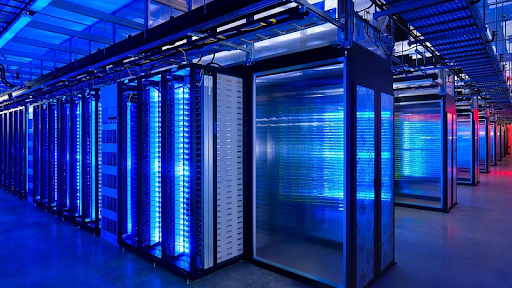Four of the biggest players in technology—Amazon, Meta, Google, and Microsoft—are embarking on a $750 billion spending spree over the next two years. This “incredible” outlay, as one investment firm calls it, is focused on AI-related capital expenditure, primarily the datacenters, chips, and servers needed to power the next generation of artificial intelligence.
This spending by the “hyperscalers” is considered the “healthy” part of the AI boom. These companies have deep cash flows and a clear need for the infrastructure. Google’s parent, Alphabet, just reported its first $100bn quarter, driven by demand for its AI services. Microsoft is building massive datacenters from Wales to Wisconsin to power its Copilot and cloud businesses.
This arms race is creating staggering projects. Microsoft is backing the world’s most powerful AI datacenter in Wisconsin. Elon Musk’s xAI has its “colossus” project, and the Stargate venture, backed by OpenAI and Microsoft, is a $500bn plan for a network of AI-dedicated sites.
However, this “healthy” spending is being shadowed by a more “speculative” boom. Analysts estimate a total global spend of $3tn by 2028, leaving a $1.5tn gap that the hyperscalers’ cash won’t cover. This gap is being filled by other sources, including private credit, which is funding projects “without their own customers.”
This speculative build-out is what concerns experts. If the “lofty revenue expectations” for AI don’t materialize—a real risk, given an MIT study showing 95% of AI pilots have zero return—this debt-fueled expansion could backfire, posing a risk to the wider economy. For now, the hyperscalers are in a race to build, convinced that demand will follow.

